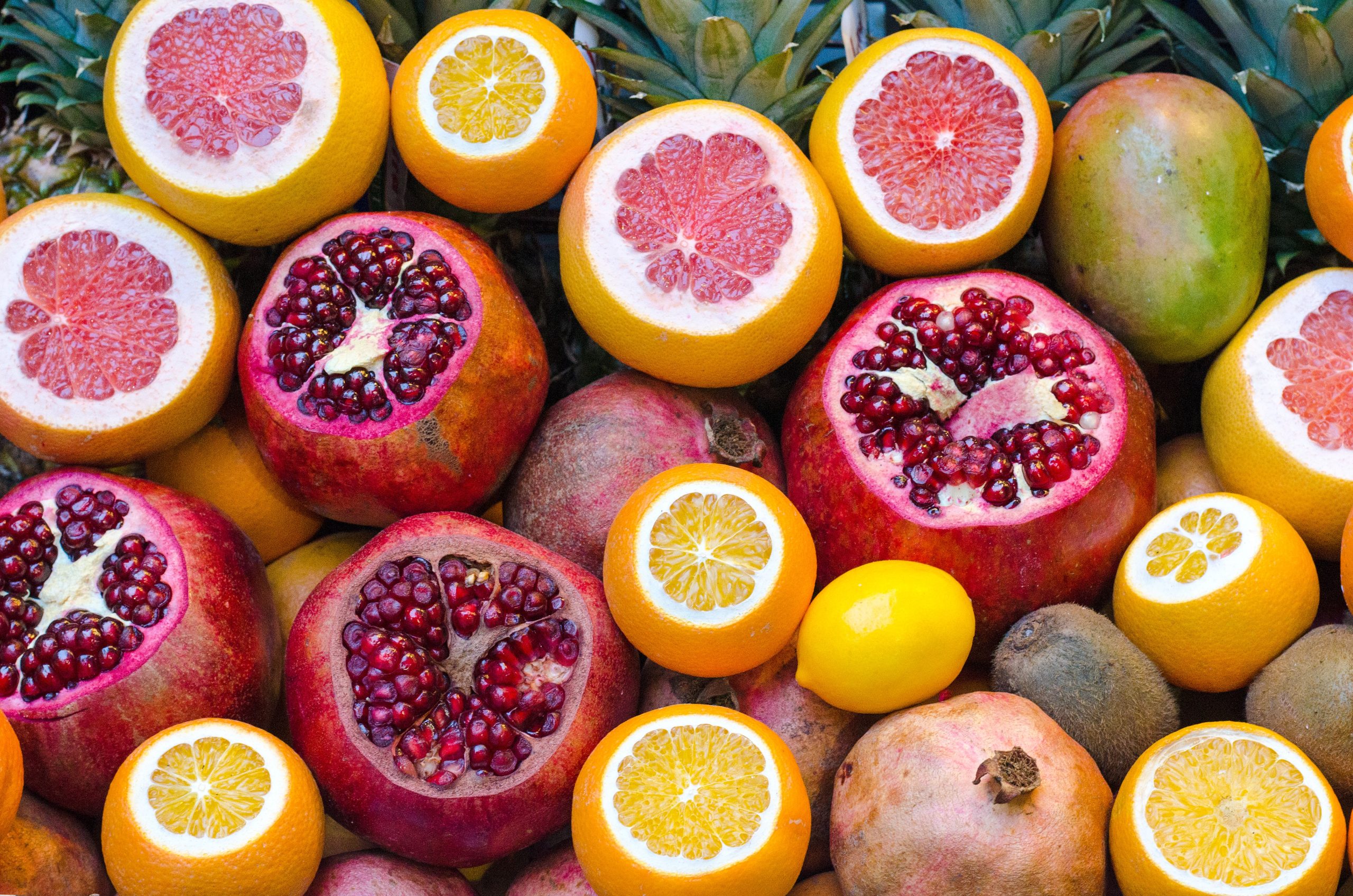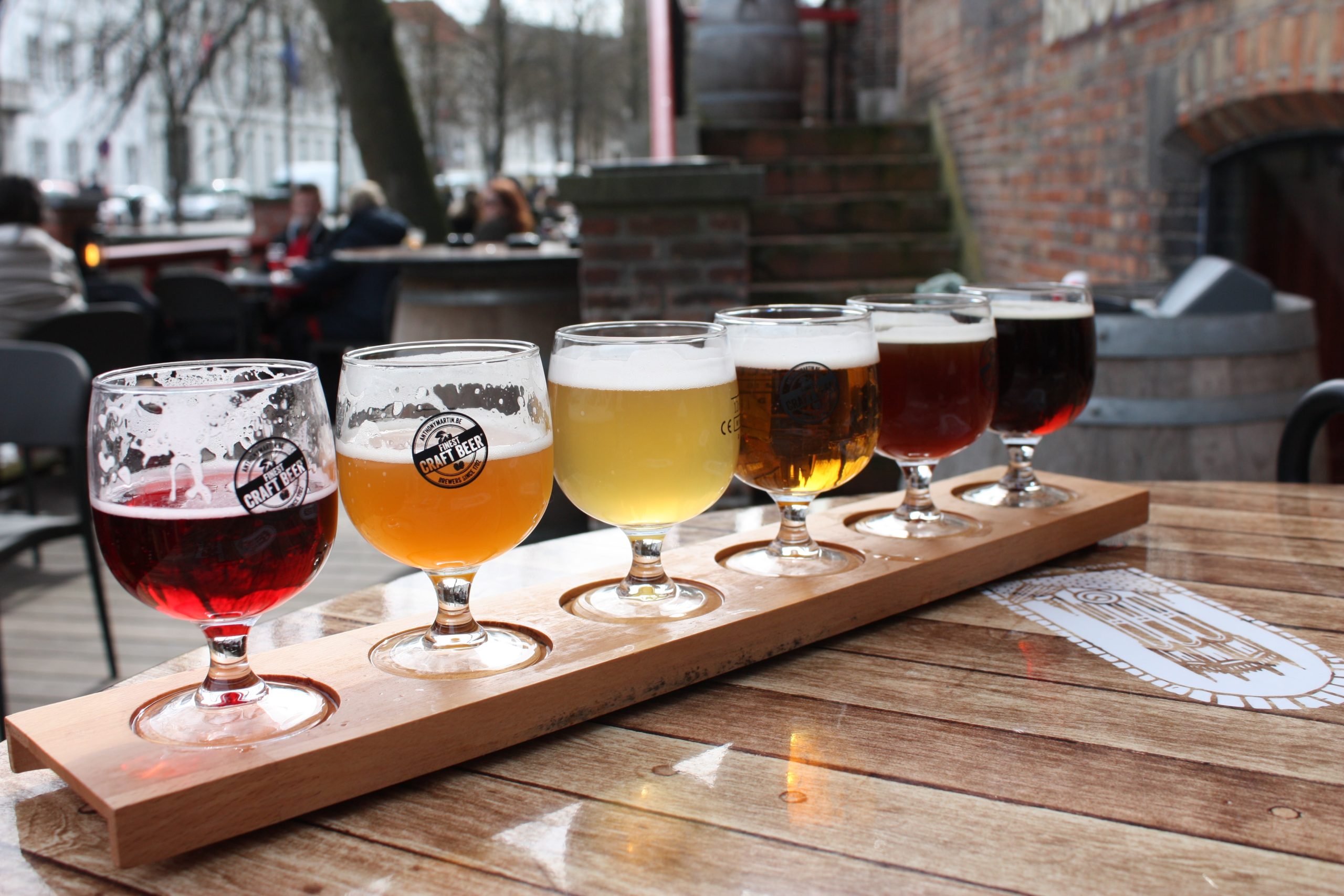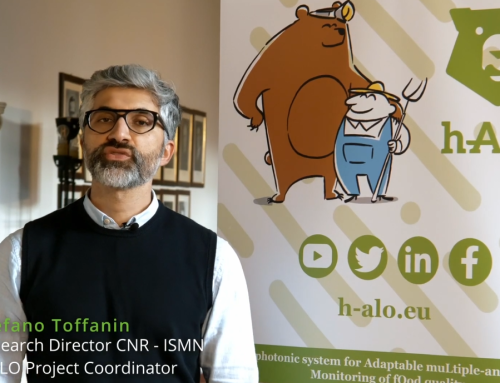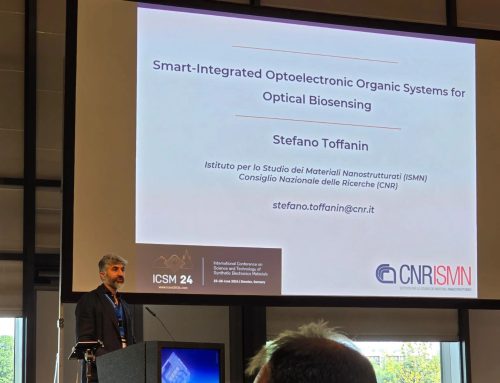6 March 2023
Photonic sensors are a type of sensor that use light to detect and measure various properties of a substance. These sensors have been used in a wide range of applications, including in the field of food safety.
Imagine that you have a drink in front of you, a glass of milk, and you want to know if it contains agents that could, in the long run, harm your body. How could you quickly and inexpensively find out how safe your glass of milk, water or even your beer is? This is why photonic sensors can help us.
One of the key advantages of photonic sensors is their ability to detect and measure a wide range of chemical and physical properties of food, such as moisture content, protein content, and bacterial contamination. These sensors can also be used to detect and measure other food-related parameters, such as temperature, pH, and the presence of specific chemicals or contaminants.

Unsplash
There is a variety of different types of food products that can be analysed using photonic sensors, including:
- Fresh fruits and vegetables: Photonic sensors can be used to measure the ripeness, quality, and safety of fresh fruits and vegetables.
- Meat and poultry: Photonic sensors can be used to detect the presence of pathogens, such as E. coli and Salmonella, as well as to measure the moisture content of meat and poultry products.
- Seafood: Photonic sensors can be used to detect contaminants, such as heavy metals and pesticides, in seafood products and monitor the freshness of the seafood.
- Dairy products: Photonic sensors can be used to detect the presence of bacteria, such as Listeria and Salmonella, in dairy products, as well as to measure the fat content and quality of milk and other dairy products.
- Grains and cereals: Photonic sensors can be used to detect the presence of contaminants, such as mycotoxins, in grains and cereals, as well as to measure the moisture content and quality of these products.
- Beverages: Photonic sensors can be used to detect the presence of contaminants, such as heavy metals, in beverages, as well as to measure the alcohol content of wine and beer.
- Spices and herbs: Photonic sensors can be used to detect the presence of contaminants, such as pesticides, in spices and herbs, as well as to measure the quality and freshness of these products.

Unsplash
One of the most common types of photonic sensors used in food safety is the near-infrared (NIR) sensor. NIR sensors use light in the near-infrared spectrum to detect the presence of specific chemicals or contaminants in food. These sensors are particularly useful for detecting the presence of pathogens, such as E. coli and Salmonella, as well as for measuring the moisture content of food.
Another type of photonic sensor that is increasingly being used in food safety is the Raman sensor. Raman sensors use a technique called Raman spectroscopy to detect the presence of specific chemicals or contaminants in food. These sensors are particularly useful for detecting the presence of heavy metals, pesticides, and other contaminants in food.
In addition to detecting and measuring specific chemical and physical properties of food, photonic sensors can also be used to monitor the quality and safety of food during the entire food production process. This can include monitoring food during storage, transport, and processing to ensure that it meets safety and quality standards.

Unsplash
In recent years, there has been a growing interest in using photonic sensors in food safety as they can provide real-time data and can detect contaminants at very low levels. They can also be integrated into automated systems, allowing for continuous monitoring of food products. These sensors are non-destructive and can be used in-line, which means they can be used to monitor food products as they move through the production process.
In conclusion, photonic sensors are increasingly being used in the field of food safety to detect and measure a wide range of chemical and physical properties of food. These sensors can provide real-time data, detect contaminants at very low levels, and can be integrated into automated systems for continuous monitoring. They are non-destructive and can be used in-line which makes them suitable for monitoring food products during the production process. They provide a powerful tool for ensuring the safety and quality of the food we eat.
Within the h-ALO project we are aiming in this direction: to develop a cutting-edge bio-chemical photonic-based sensor enabling the on-site detection of microbiological and chemical contaminants in a broad number of different farm-to-fork food chains.
What do you think of photonic sensors? Will they help us to ensure food safety? Let us know in the comments!






Leave A Comment